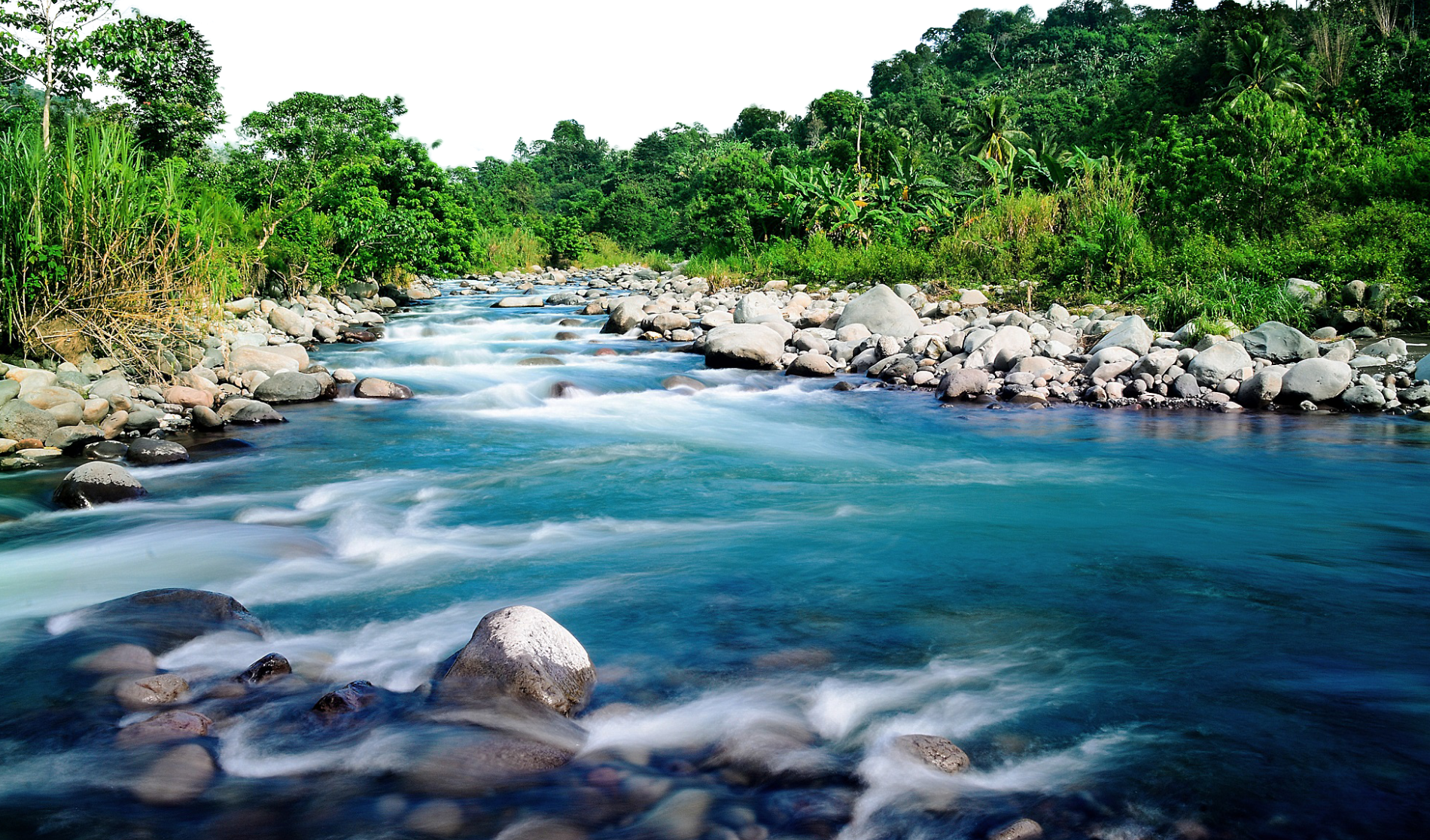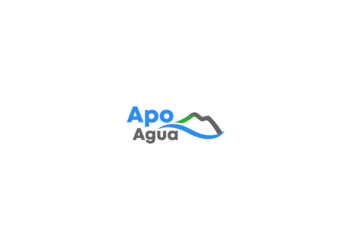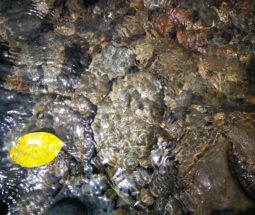IT’S
a universal truth. Man starts to realize the values of what seems
abundant when these start to dwindle and are bound to extinction. Man
hardly learns how to conserve. Abundance can come so quickly and
could disappear as quickly.
The National Water Regulatory
Board had just issued a red alert warning of a catastrophic shortage
of water in many parts of Metro Manila. It is absurd as it is ironic
that Metro Manila as well as many parts of Luzon are flooded without
fail each year when rainy seasons come and yet the perennial problem
of water shortage remains to be unsolved. The rivers and dams quickly
run dry and the specter of the national capital region running out of
potable water is not farfetched.
And yet regulators as well as the water concessionaires are aware of this chronic threat. And yet they all leave to mother nature to address the problem. The Philippines is endowed enviable natural resources. We have mountains rich with flora and fauna. Underneath the grounds are aquifers recharged by water from watersheds. But slowly these recharge areas were logged over while overextraction of water went on unhampered. Once in Manila, observers noted that sea water had risen because, according to them, the glaciers that capped the north pole had melted. The fact was that there was subsidence, an effect of over pumping of water from aquifers resulting in loss of support below the ground.
Davao City for several decades is sourcing its water supply from its rich aquifers found mostly in barangays in the 3rd District. However, there is no such thing as forever. Learning from what happened in Metro Manila and Metro Cebu the Davao City Water District, guided by then Davao City Mayor Rodrigo Duterte, entered into partnership with Apo Agua Infrastructura, Inc. to tap Tamugan and Panigan rivers which is about 50 kilometers away from the city poblacion. While some nongovernment organizations opposed it for some irrational reasons, DCWD and the City Government went ahead with the multi-billion-peso project which is now underway. In about two years from now, the vital aquifers where DCWD is drawing water from will be “put to rest,” so to speak, for 300 million liters of water daily will already come from the surface water of Tamugan and Panigan. Continuing reforestation of the main recharge areas in the protected watersheds is a continuing activity. DCWD has doubled its reforestation and conservation capacity with Apo Agua as its partners.
But we are talking of Davao City where there is a strong political will in local leadership. Metro Manila is another story. Even as wells have run dry and the mountain covers disappear, the opposition continues to hinder the plan of constructing dams in gorges to conserve and preserve water. The opposition made a big political issue of the proposed contract using loans from China and Chinese labor. They raise the specter of a “debt trap“ that happened in Sri Lanka when the economic conditions between the Philippines and Sri Lanka are virtually worlds apart. On the other hand, concessionaires are investing a picayune to tap other sources like Laguna Lake to at least augment what the existing sources of water can provide. On the other hand, the Metropolitan Waterworks and Sewerage Systems seemed to have ran out of ideas except to ration water.
June 24, 2019 SunStar Davao
Jun Ledesma
https://www.sunstar.com.ph/article/1811222






